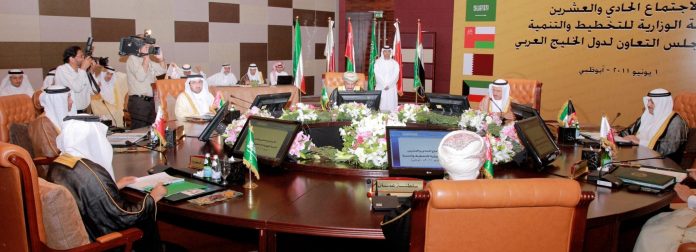
Refinitiv released a special report.pdf on Covid-19 and the implications on global oil markets. Covid-19 has significantly impacted global economic outlook and oil demand as global Covid-19 cases have crossed 1.8 million and the death toll has crossed 113,849. US fresh unemployment claims crossed 6 million for the second week in a row and Mar 20 non-farm payrolls were lower by more than 700,000 m-o-m.
According to the report, Light Distillates and Jet/Kerosene are most impacted in refined products. While driving demand picks up during the month of Ramadan and US driving season, lockdowns could impact the seasonal demand growth.
The report also noted that more Vacuum Gas Oil (VGO) is made available for bunker pool as refineries reduce secondary throughputs, indicating significant reduction in crude throughputs at key refining centers. Indian refiners have announced reduction of around 30%. The only exception is China, where refining throughputs are expected to increase by around 10% in April.
The Time Charter Equivalent (TCE) for the major Middle-East to China route was trading at $35,400 per day on 09th March, before it surged to almost 8 times its daily rate within a week to $273,000 per day on 16th March. The production cut following the marathon OPEC meeting is being planned in three phases. The first phase covers a potential cut of 9.7 million bpd from OPEC+ for the months of May and June 2020, the second phase includes a potential cut of 7.7 million bpd from OPEC+ from July till December 2020, while the third phase outlines a potential cut of 5.8 million bpd from OPEC+ from January 2021 till April 2022 this is subject to review in December 2021.
“OPEC+ meeting outcome shows reduction in output may not be in line with market expectations and forecasts of demand destruction due to the virus. The first phase reduction of 9.70 million bpd for OPEC+ members translates to 6.1 million bpd from OPEC based on October 2018 production levels. But, the net reduction from OPEC is only about 4 million bpd when compared to Q1 2020 average production from the group,” said Ranjith Raja, Oil Research Manager, Middle East and North Africa, Refinitiv.
He noted that with a cure/vaccine for the virus still under development and countries yet to figure out the right balance between lockdowns and forsaking economic growth, oil demand recovery remains uncertain. Demand for transportation fuel, especially Gasoline and Jet fuel are likely to remain under pressure even as lockdown gets relaxed as people would curb non-essential personal and business travel.
Raja explained that the meeting generated frenzied interest and hopes of a significant production cut, on closer inspection the cuts may not be in line with the market expectations. “These cuts are not expected to make any significant difference to the current oil market balance and although the headlines would help and support the bulls for a short term recovery in prices, it is highly likely that this production agreement has already been factored by the market and as the supply keeps exceeding the loss of demand for the near future, this is certainly expected to keep a cap on any potential upward trend to the oil prices. Also, the barrels taken into commercial storage, when released could increase the plateau of recovery,” he pointed out.
The markets opened weaker on Monday (13th April) morning trade with Brent trading at $31.38/bbl, down 0.3% and WTI at $22.93/bbl, up by 0.7%. The lack of enthusiasm in the prices indicate how the OPEC decision has been taken by the market which for all purposes has already factored the supply surplus till at least Q3 2020, before demand starts to pick up. Saudi Arabia announced its Official Selling Prices (OSPs) following the OPEC agreement for crude sales in May, where prices for their flagship Arab Light crude oil has been reduced to Asia, increased to the US and kept unchanged to Northwest Europe.



































